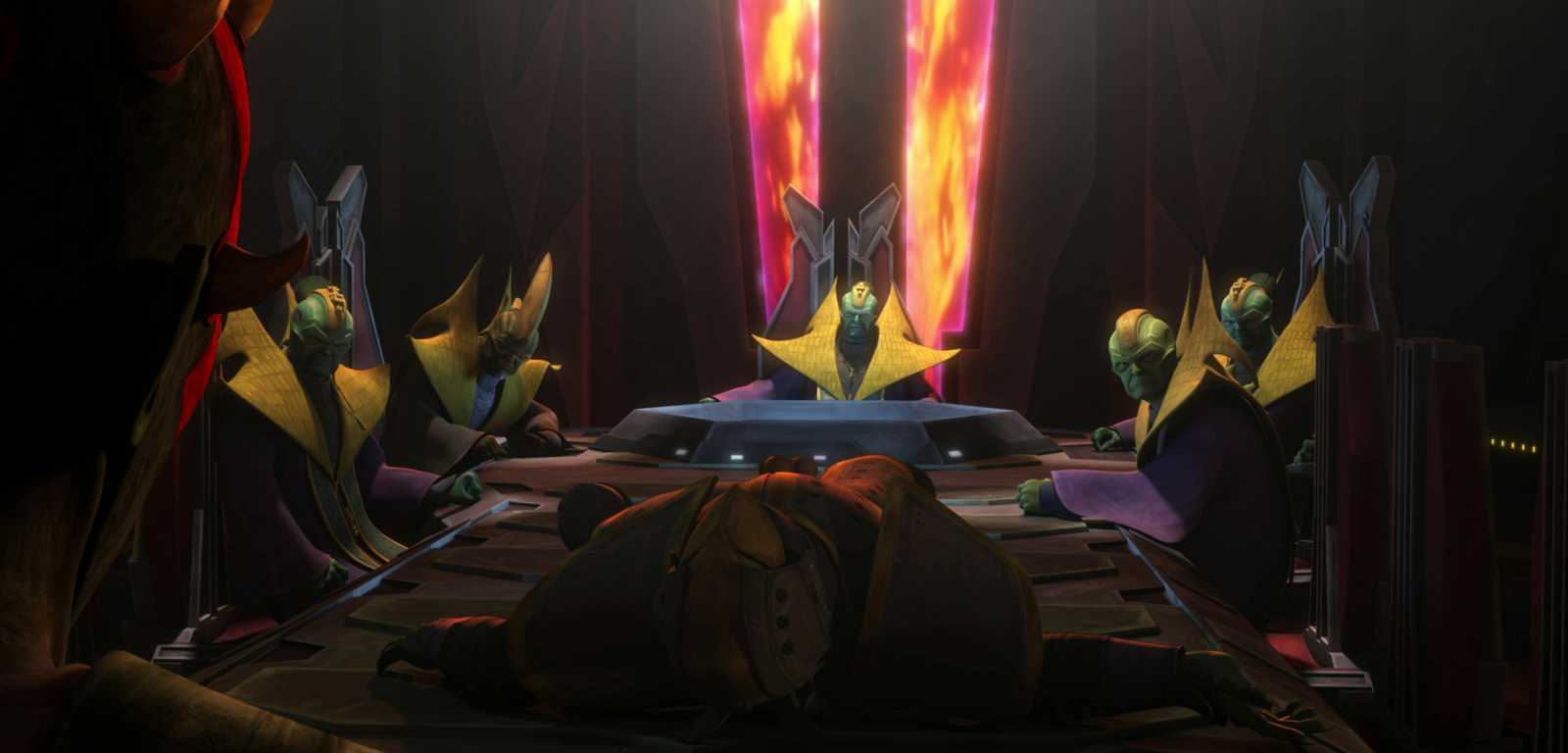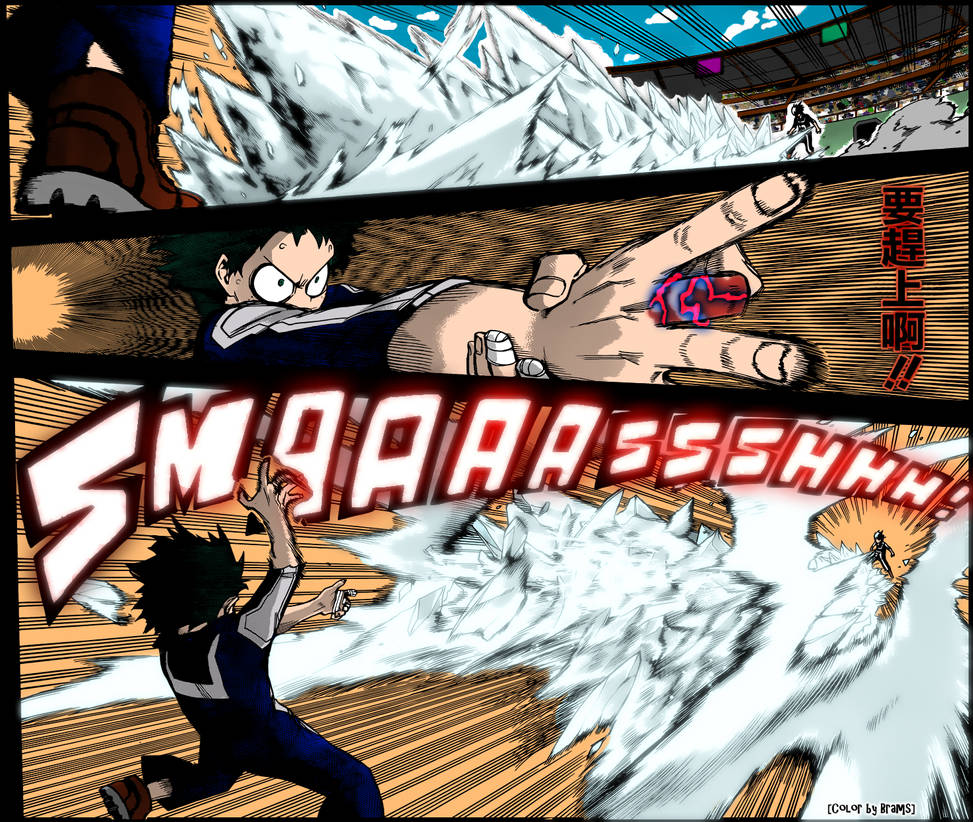As I am wont to do, I've been tinkering with some psychic powers behind the scenes, pondering how best to use them. In particular, I've been thinking about Christopher Rice's Reaving Hand and Mental Stun. Both of these are handled as Afflictions, but afflictions create an all-or-nothing effect. Either you succeed and your opponent is stunned, or you don't, and they're not. Swapping it to an innate attack with a Side Effect creates more of a grey area, where your attack will have some impact, even if it doesn't afflict your target outright. I did this with the neurolash effect: it now deals about 1d fatigue and has Stun or Pain as a side effect, because this better reflects what we often see in cinematic fights against a neurolash weapon, where the hero heroically resists the effects of a pain whip or a stun baton, but is clearly being weakened by it until at last he succumbs. With the default Affliction attack, he's fine, fine, fine, fine until he's not. Why not treat powers like that?
But if you do, you run into an unfortunate truth. Is Side Effect better than Affliction?
A Fatigue Attack that deals 1d damage with a Stunning side effect is 15 points. An Affliction that stuns the target is 10 points. If the Fatigue Attack lands, it'll deal an average of 3 fatigue damage and the target will have to roll HT-1 (on average) to resist being stunned. The Affliction, by contrast, deals no damage, and is a straight HT roll. The Innate Attack can potentially benefit from Extra Effort in Combat (depending on how you choose to handle that) for +2 damage, and if they're psychic powers, you can use actual Extra Effort for, say, +1 level, which improves the fatigue attack to 2d (average 7 damage and -3 to the HT roll) and the Affliction is improved to HT-1. If the attacks can be stopped by DR, then it takes 2 DR per +1 to HT for the Innate Attack, but you have the possibility of stopping it outright (2 DR on average will drop the fatigue attack to 1 damage and HT+0 to resist, while 3 DR will on average prevent the side effect completely, no roll at all), while with an Affliction, and this is a little less clear to me, doesn't have that absolute limitation: 2 DR would change it to HT+2 to resist, 3 DR to HT+3, and DR 50 would change it to a relatively meaningless HT+50, though technically you can still screw that up on a critical failure, but I suspect at some point we have to say that it practically goes away, I just don't know where that point is. So far that's not so bad. Sure, the Side Effect version is better, but it's more expensive. If you tried to do something foolish like go to Affliction level 2 to match the HT-1, it's 15 vs 20 points, and then the innate attack is obviously better, but I think everyone acknowledges that Affliction should be cheaper when it comes to subsequent levels. Going with Kromm's proposed 3/additional level reduces it to 15 vs 13, which is fairer.
But then we get into wonky stuff if we push it further. Imagine I make a lethal toxic "ghost" attack that ignores DR. It deals 1 damage, ignores DR (+300%) and has a Heart Attack as a Side Effect (+350%). This clocks in at a whopping 8 points. I'm not kidding, that's the price. 1 point of toxic damage that ignores DR, and since it inflicts at least 1 point of damage, the target has to roll HT to resist the side effect (ie Death) at +0. Even if he succeeds, he's still taken 1 point of damage. By contrast, the same effect for Affliction would clock in at 75 points. That's an insane difference! In this second case, the target has a straight HT+0 roll to resist, and if they succeed, there's no additional impact.
"Well, that's just point crock, Mailanka, don't do that"
I actually ran into this problem in a different context. I wanted to give a lizard man based on the komodo dragon a dangerous, gangrenous bite. It was mostly a flavor thing, so I wanted it to be cheap, so I gave it to him as an Follow-Up Moderate Pain Affliction on its teeth. This clocked in at 12 points, which is hardly what I think of as "cheap." By contrast, a 1d toxic follow up attack with a moderate side-effect clocked in 7 points, and I could further reduce the toxic damage: 1 point actually makes a lot of sense here, or 1d-2 or something, because the toxic effect is more of a bonus atop the bite, rather than the main star. This is a totally reasonable thing to want to do. Why is the Affliction version so expensive?
"It's not Affliction that's broken, it's Side Effect."
Okay. Let's imagine a malediction that instantly kills its target if they fail an HT roll. For the Affliction version, that's Malediction + Heart Attack, which clocks in at about 50 points. A 6d toxic malediction clocks in at 48 points, which is two points cheaper and generally does the same thing: on average it'll inflict 20 damage that will bypass the target's DR, and they'll have to roll HT or die. The innate attack actually requires two rolls: one to resist the malediction and the other to not die, and it's possible it won't deal enough damage (though it's also possible it'll deal so much damage that the target will have to roll twice not to die), while the Affliction will kill you if you fail a single HT roll. But if you do pass the roll for the Affliction, you're fine. Say your target has 14 HT, they'll pass almost every time, and you'll need to hit them over and over, and after each failure, nothing bad happens to you. By contrast, the toxic attack will likely drive the surviving target into unconsciousness, and it'll certainly slow them down and likely stun them. And if you hit them again and again, death is assured unless they have expensive advantages like regeneration and/or sufficient gobs of HP that they can shrug this attack off longer than they could repeated HT rolls.
Affliction usually represents shock to someone's biological systems: a stunning blast of air, an injection of soporific venom, a surge of pain-inducing lightning, etc. But innate attacks cause these same effects. Hit someone with enough fatigue damage, and they'll fall asleep too. Hit them with burning damage, and it'll hurt. Concuss them with a blast of air for at least half their HP, and they're stunned. This is the default of the damage system and you don't even need side effects to do it! Afflictions do have the benefit of being non lethal. Maybe you don't want your target to be harmed by the attack. If you're casting a sleep spell, they should just fall asleep, not take damage until forced to sleep, and those who resist it are pretty much unaffected. But you're paying a pretty high premium for this non-lethality, which discourages you from using it. Is that what you actually want?
(And let's not dive too deeply into the Side Effect No Wounding rabbit hole. If you do that, you'll realize you can entirely replace Afflictions at a fraction of the cost)
This is exacerbated in Psi-Wars because Psi-Wars reduces the cost of Innate Attacks to keep them competitive with ultra-tech weapons. I've toyed with doing the same with Affliction, as the logic of the reduction is to make it cheaper to buy Armor Divisor and thus bypass ultra-tech armor more easily and remain competitive. But then we run into the other problem with affliction: it's overloaded. GURPS decided "wouldn't it be cool if" they bundled all of the traits that let one character affect another character into a single advantage. This means granting someone an advantage is priced and handled the same way as harming them with an affliction. While technically you could make "Grant Extra Life Advantage" a Side Effect, it's kind of weird to have a power that inflicts toxic damage to resurrect them; not impossible, but it would leave some people scratching their head and wondering what the heck just happened. But using Afflictions to grant advantages is messy anyway. In computer programming, I'd say "Look, I get what you're doing, but make that its own function. It should have a single responsibility." If we had a Bestow advantage that was priced at a base of 10 points, with +1 point per point of the advantage, then it would be fine. None of this weird "Technically you can roll to resist but you don't have to because this is an odd edge case" as it would be its own advantage. Then you could reprice Affliction however you wanted (in the very least, the 10 + 3 per additional level, but I suspect you could drop the price further).
I don't know if I'd necessarily change anything for Psi-Wars here, because I actually prefer Side Effects to Afflictions in most cases, and that means Affliction effectively becomes this "Bestow" trait. But it is one of those things that makes me grit my teeth sometimes.

